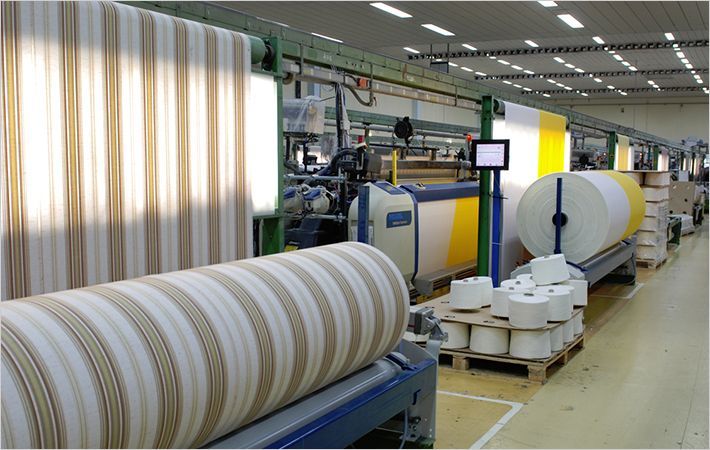TenCate releases trading update for the third quarter of 2012.
Highlights of the third quarter of 2012:Progress was made in regard to the establishment of strategic alliances to speed up access to new markets. Example include the announced allliance with BASF (automotive composites), eTAC (European #
• Lower result in third quarter compared to that of last year, which was in line with expectations.
• Corporate result is underpinned by the Geosynthetics & Grass sector, with TenCate Geosynthetics making relatively the greatest contribution.
• Operating result of the Advanced Textiles & Composites sector decreased sharply.
• Sales in defence markets (TenCate Defender™ M and antiballistics) in the US at a low level.
• Debt / EBITDA ratio: 2.6 (end of first half of 2012: 2.7).
Loek de Vries, President and CEO of TenCate: “The markets in which TenCate operates worldwide were increasingly impacted by lower public sector budgets and deferred spending. This is particularly the case in defence markets, although the importance of high quality personal security and protection continues to be recognized. It is positive that more countries have begun to specify TenCate Defender M for fire-resistant protection of army units and special forces. This is expected to increase further.
In the United States of America, a major geographic market of TenCate, there is uncertainty regarding government funding (Budget Control Act), which will continue to result in restraint in the US market until early 2013.
TenCate continues to facilitate technological innovations, even in the present day. Developments within the TenCate Protective Fabrics, TenCate Advanced Armour, TenCate Advanced Composites and TenCate Grass market groups are in part focused on marketing these through alliances with international market players. The first orders in this area are expected to become visible during the course of 2013.
The net decrease in profit in the third quarter was inherent in the decline in defence sales and the change in sales mix that has in part resulted from this”.
Key developments in the third quarter by sector
Advanced Textiles & Composites
• Sales of TenCate Defender M remained at a very low level, partly due to the destocking effects at the US military.
• Sales of protective fabrics in the industrial market (in particular the oil & gas industry) and the emergency response market (fire-fighting) increased.
• Sales in the armour composites market in the US and Europe were sluggish and there was a delay in project orders.
• The combined revenues of Space / Aerospace and Industrial Composites increased (in part due to the acquisition of PMC Baycomp).
• The operating result of the Advanced Textiles & Composites sector fell sharply, as a result of the low level of sales, particularly in (US) defence markets.
Geosynthetics & Grass
The positive trend in sales of geosynthetics stagnated, in particular in the US. There was a slight organic decline in sales in the Grass group, mainly as a result of lower sales in the European sports market (caution being exercised by local authorities). The operating result of the Geosynthetics & Grass sector declined due to lower sales of geosynthetics, inefficiencies in grass yarn production (underutilization of capacity) and higher costs of raw materials (PE / PP).
Other activities
• TenCate Enbi showed a positive trend in sales, mainly in Asia.
• At Xennia Technology greater strategic focus was applied; the cost level (mainly development costs) will be further adapted to this.
Outlook
With reference to the statement made on 20 July last, TenCate will refrain from issuing a sales and profit forecast for the full year 2012. As a result of budgetary uncertainties relating to government spending, in particular in the United States of America, an unforeseen, sharp decline in sales occurred earlier in the year.
TenCate will maintain its vision in the longer term. Continuing growth is expected as a result of its strong technology position as well as its leading positions in the markets for personal protection and the safety of the human environment.
Due to external factors the growth trend will fluctuate, such as the availability of public sector budgets, delays in orders and the timing of individual projects, some of which are large.

